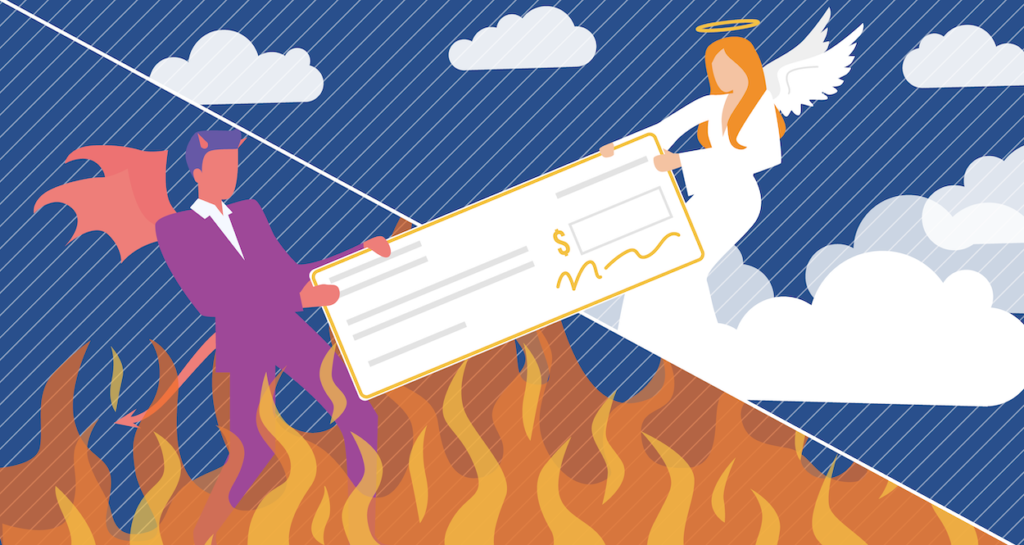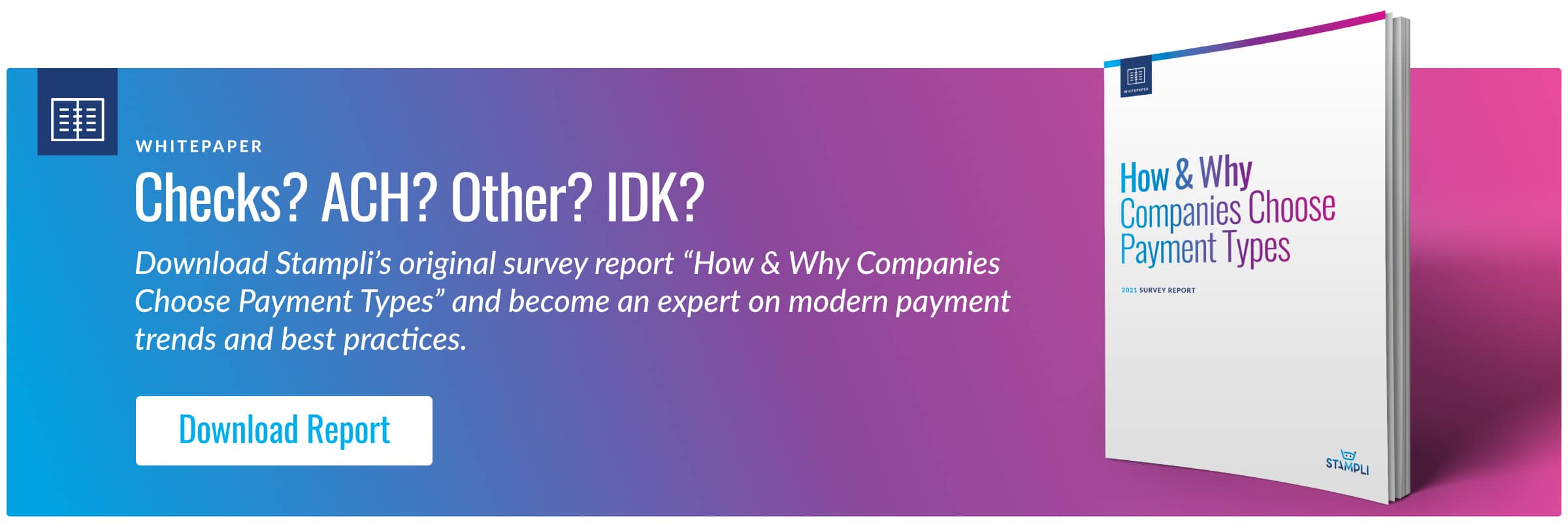Checks are Not Evil: A Look at the Facts

By Ernie Humphrey, CTP, Treasury Webinars
I have been one to convey to Treasury & Finance leaders that they should stop writing checks as they are significantly more costly and can be risky relative to electronic payments. Technology and recent survey results have inspired me to change my stance on checks. Many companies still prefer to write checks, and technology now exists that empowers companies to mitigate check processing costs and maintain some of the controls that they leverage with checks, and prefer relative to electronic payments when writing checks. From a processing cost perspective, checks may not be the lowest cost option, but there are other considerations that deserve to be part of the decision process relative to how to pay a supplier. It is time to stop bashing checks and help companies mitigate processing costs. Checks are not going anywhere soon.
Checks are Here to Stay
In the Fall of 2020, Treasury Webinars partnered with Stampli to conduct a survey to help treasury and finance better understand the how and why of payments, and to deliver insights into how companies can achieve payment type optimization. A few key survey results from the Payment Strategy – How and Why Companies Make Payments, based on 360 responses from finance and treasury leaders at US-based companies, include:
- 30% of companies prefer to pay supplier via check than any other payment type
- Thirty-four percent (34%) of companies make at least 50% of all payments via check
- Only 10% of companies make less than 10% of payments via check
- Thirty-seven percent (37%) of companies report that a main reason they write checks is that it is the preference of suppliers
As a former treasury manager, CFO and CEO, I valued leveraging checks in that I had the control of having my signature and that of another finance leaders on checks over a given threshold, and the ability to review and approve a check myself if I wanted to dig into the invoices behind a check that needed my signature. However, this process was far from efficient as I had to physically sign each check over a given threshold, and I could not easily assess the details behind a check. The approval process did add a meaningful cost for check processing at any company at which I worked or owned that had this process in place, the bigger the company in terms of payables, the larger the cost of this control. The good news is that there now exists functionality in check processing from an AP solution provider that can allow companies to keep this valued control at a much lower cost than the process previously described.
Furthermore, in a post-COVID world companies enjoy the psychology of the security they feel in writing checks, and right or wrong, they believe they can get benefits from playing the game of check float to hang on to cash as long as possible.
Checks are here to stay, so instead of casting them as evil we would do well to educate companies about how to mitigate check processing costs and related risk exposures.

Check Processing Costs
There is research that shows that checks cost as much as 5 times as much an electronic payment to process. However, this research is based on check processing being done without processes and technology that empower companies to mitigate the cost of check processing. If we look at the cost incurred by processing a check at most companies, it includes the following:
- Receiving invoice
- Reviewing invoice
- Routing for approval to two other employees
- Reminding approvers
- Accounting for the status of payments
- Printing checks
- Routing checks for signing
- Recording checks in accounting software
- Addressing, stuffing and stamping envelopes
- Mailing checks
- Researching/answering vendor questions
- Reconciling check payment with accounting software
- Check stock
- Envelopes
- Stamps
- Printer/copier cartridges for printing checks, invoices, and envelopes
- Paper
- Reconciliation fees
- Postage fees
Technology now allows companies the opportunity to significantly reduce the costs associated with receiving an invoice, reviewing an invoice, routing an invoice for approval, reminding invoice approvers to remove processing bottlenecks to be able to take discounts, accounting for the status of payments, routing checks for signing, recording checks in accounting software, researching/answering vendor questions, reconciling check payment with accounting software, and invoice reconciliation fees.
Furthermore, companies can outsource the creation and mailing of checks to remove or mitigate the costs associated with check stock, envelopes, printer/copier cartridges for printing checks, invoices, and envelopes, and paper.
Check Related Risk Exposures
There are risk exposures that are specific to checks related to people, process, and technology. Checks also continue to be a key target of fraudsters. According to the 2020 AFP Payments Fraud and Control survey, 74% of companies participating in the survey had been targets of check fraud in 2019. However, there are many procedures and services available for companies to mitigate exposures cost effectively. Checks are Not Evil: A Look at the Facts
Fraud control procedures and services being leveraged by companies to protect against check fraud include the following:
- Positive pay
- Daily reconciliation of bank accounts
- Segregation of bank accounts
- “Post no checks” restrictions on depository accounts
- Security featured on material used to print (check stock)
- Employee education regarding check risk exposures and controls
- A clear audit trail for each action related to check processing
- Segregation of duties related to check processing
Companies are going to write checks and they need to leverage cost-effective services and procedures to mitigate check payment risk exposures.
The Bottom Line for Checks
Checks are more costly to process than an ACH or any type of card payment (credit card, virtual card, ghost card). However, many companies prefer to pay by check and many suppliers still prefer to receive them. Supplier relationships matter and companies need to consider the preference of suppliers and not risk relationships by allowing AP automation suppliers pushing suppliers to accept virtual or ghost cards without understanding the cost of doing so. Checks are not going anywhere. Companies need to focus on leveraging the right processes and technology to mitigate check processing cost and related risk exposures while optimizing control of cash.